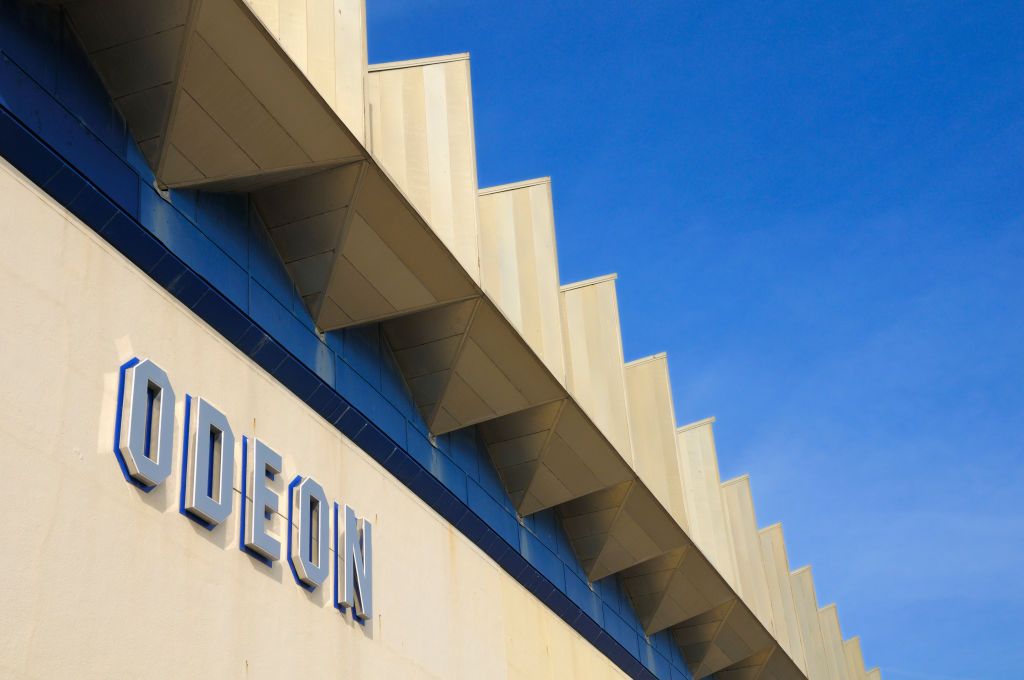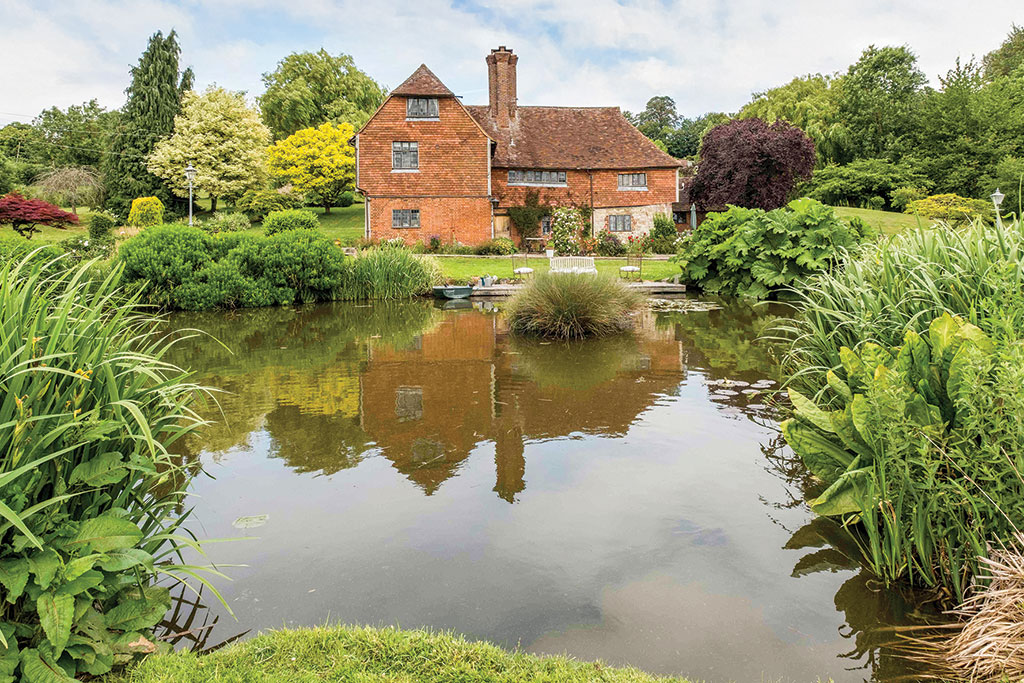A tale of two Reits – why performance matters for valuation
AEW UK and Regional are two Reits that are valued very differently, despite a shared focus on properties outside London

Why do two ostensibly similar real estate investment trusts (Reits) trade at such different valuations? AEW UK Reit (LSE: AEWU), with net assets of £174 million, invests in “UK commercial property assets in strong locations” nearly all outside London. Its shares trade on a 4% discount to net asset value (NAV) and yield nearly 8%.
Conversely, Regional Reit (LSE: RGL), with net assets of £362 million, invests in “high quality commercial properties outside of the M25 motorway”. Its shares yield 7.3% but trade on a discount of 44% – even though, as the larger trust, its shares ought to be more liquid.
Part of the answer is down to performance. AEW seeks to buy “mispriced assets” and to apply “active management” to “grow income, lengthen and improve tenant leases, add value using the planning system and refurbish, where needed”. A five-year investment return of 70%, compared with a property sector index of -5%, shows it has succeeded. Meanwhile, RGL’s NAV is down 74% over five years and 70% over three.
MoneyWeek
Subscribe to MoneyWeek today and get your first six magazine issues absolutely FREE

Sign up to Money Morning
Don't miss the latest investment and personal finances news, market analysis, plus money-saving tips with our free twice-daily newsletter
Don't miss the latest investment and personal finances news, market analysis, plus money-saving tips with our free twice-daily newsletter
This reflects differences in what the two trusts hold. AEW has 36% in industrial properties, 21% in high-street retail, 13% in retail warehouses, 11% in offices and 18% in “other”. Meanwhile, RGL has 91% in offices, the weakest part of the market. More important is that AEW has kept borrowings to 25% of portfolio value. Its cost of debt is currently below 3%, fixed until May 2027.
RGL has been less prudent. It has net debt of £260 million, equal to 42% of portfolio value. A disposal programme of 40 properties with a book value of £106 million – partly offset by capital expenditure of £24 million – would cut that to 29%. However, this follows a distressed share issue at 10p in mid-2024, which raised £110 million but heavily diluted the NAV.
The proceeds enabled RGL to repay a £50 million bond, which was about to mature – debt having reached 57% of portfolio value. Following this, there was a one-for-ten share consolidation. The issue was underwritten by Steve Morgan, the founder of housebuilder Redrow. This has left Morgan’s companies with 22% of the shares in issue.
Which Reit to choose?
Steve Inglis, RGL’s chief executive, has described the post-Covid operating environment as “challenging”. However, in May this year he was able to report steady property valuations, an increase in occupancy and 14 new lettings despite a 5% fall in year-on-year rental income. So, with debt falling and rental income improving, RGL appears to have turned a corner, making the discount highly attractive. RGL’s external valuer estimates the open-market rent of the portfolio – 126 properties with 1,271 individual units and 780 tenants – is 27% above the current rent roll, indicating rent increases as current agreements expire. Inglis doesn’t think the regional market is in dire straits and is frustrated by the discount but, at present, investors aren’t listening.
There is less rental upside in AEW’s portfolio – just 9% – but management expects recent acquisitions and planned asset management initiatives “to result in stronger returns in the future.” With 34 properties and 129 tenants, it is more focused than RGL, even taking into account its smaller size, and the portfolio is more diversified.
The current market is “the greatest buying opportunity we have seen in the ten-year life cycle of the company but, perhaps, a less good time to be selling”, says Laura Elkin, AEW’s lead manager. “There is more mispricing in the market, which is absolutely what we want to see, enabling us to buy properties out of line with their long-term fundamentals and then actively manage them.”
For investors, the choice is between a Reit with a great record and good prospects at a price that reflects those factors, and one which is very much a recovery bet with plenty of upside but higher risk.
This article was first published in MoneyWeek's magazine. Enjoy exclusive early access to news, opinion and analysis from our team of financial experts with a MoneyWeek subscription.
Get the latest financial news, insights and expert analysis from our award-winning MoneyWeek team, to help you understand what really matters when it comes to your finances.

Max has an Economics degree from the University of Cambridge and is a chartered accountant. He worked at Investec Asset Management for 12 years, managing multi-asset funds investing in internally and externally managed funds, including investment trusts. This included a fund of investment trusts which grew to £120m+. Max has managed ten investment trusts (winning many awards) and sat on the boards of three trusts – two directorships are still active.
After 39 years in financial services, including 30 as a professional fund manager, Max took semi-retirement in 2017. Max has been a MoneyWeek columnist since 2016 writing about investment funds and more generally on markets online, plus occasional opinion pieces. He also writes for the Investment Trust Handbook each year and has contributed to The Daily Telegraph and other publications. See here for details of current investments held by Max.
-
 MoneyWeek news quiz: How much can you win in Premium Bonds?
MoneyWeek news quiz: How much can you win in Premium Bonds?Quiz Premium Bonds, ChatGPT, and the start of the festive season all made headlines this week. How closely were you following the news?
-
 Salary sacrifice pensions cap: 3.3 million workers to be hit by contribution limits
Salary sacrifice pensions cap: 3.3 million workers to be hit by contribution limitsThe government has revealed further details of its controversial cap on pension contributions through salary sacrifice. Here is how the changes could affect you
-
 Big Short investor Michael Burry closes hedge fund Scion Capital
Big Short investor Michael Burry closes hedge fund Scion CapitalProfile Michael Burry rightly bet against the US mortgage market before the 2008 crisis. Now he is worried about the AI boom
-
 The global defence boom has moved beyond Europe – here’s how to profit
The global defence boom has moved beyond Europe – here’s how to profitOpinion Tom Bailey, head of research for the Future of Defence Indo-Pac ex-China UCITS ETF, picks three defence stocks where he'd put his money
-
 Profit from a return to the office with Workspace
Profit from a return to the office with WorkspaceWorkspace is an unloved play on the real estate investment trust sector as demand for flexible office space rises
-
 New frontiers: the future of cybersecurity and how to invest
New frontiers: the future of cybersecurity and how to investMatthew Partridge reviews the key trends in the cybersecurity sector and how to profit
-
 An “existential crisis” for investment trusts? We’ve heard it all before in the 70s
An “existential crisis” for investment trusts? We’ve heard it all before in the 70sOpinion Those fearing for the future of investment trusts should remember what happened 50 years ago, says Max King
-
 8 of the best properties for sale with wildlife ponds
8 of the best properties for sale with wildlife pondsThe best properties for sale with wildlife ponds – from a 16th-century house in the Ashdown Forest, to a property on Pembrokeshire’s Preseli Hills
-
 Why a copper crunch is looming
Why a copper crunch is loomingMiners are not investing in new copper supply despite rising demand from electrification of the economy, says Cris Sholto Heaton
-
 Where to look for Christmas gifts for collectors
Where to look for Christmas gifts for collectors“Buy now” marketplaces are rich hunting grounds when it comes to buying Christmas gifts for collectors, says Chris Carter
